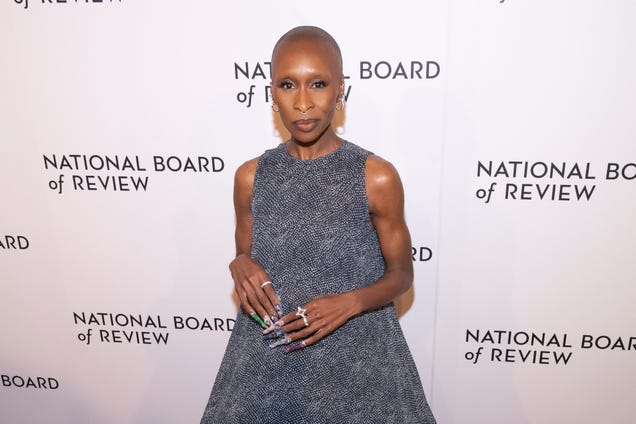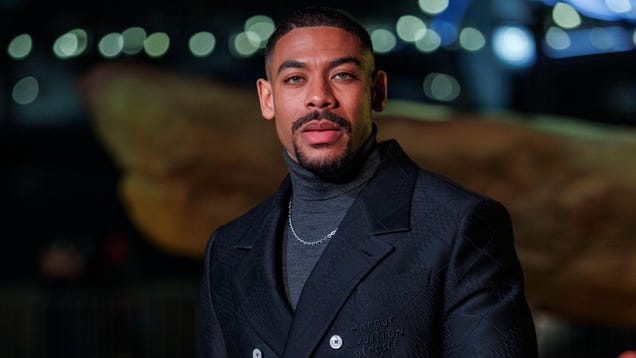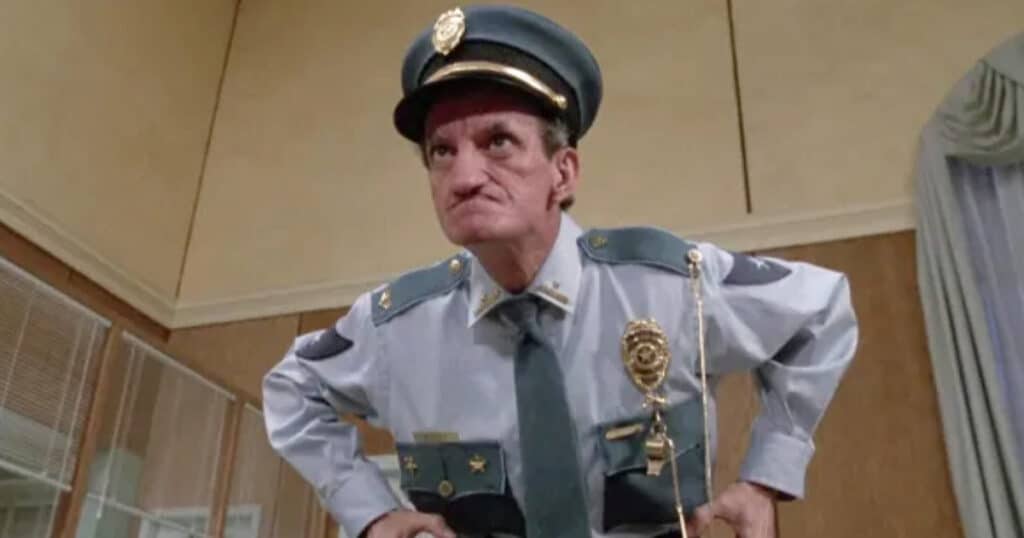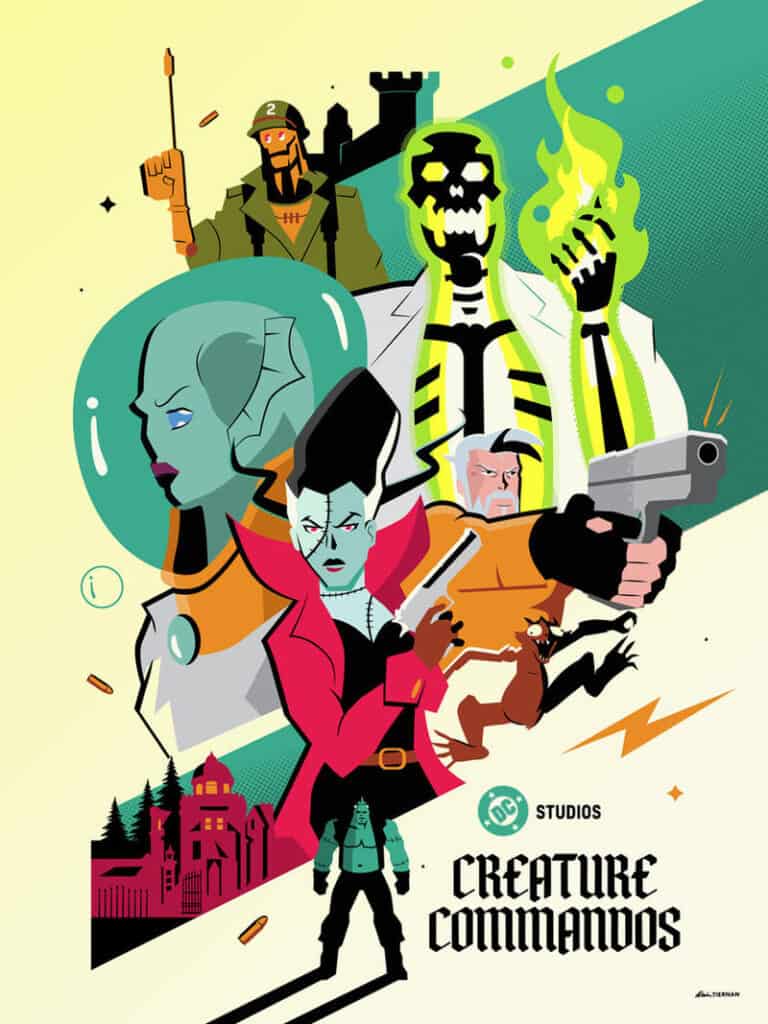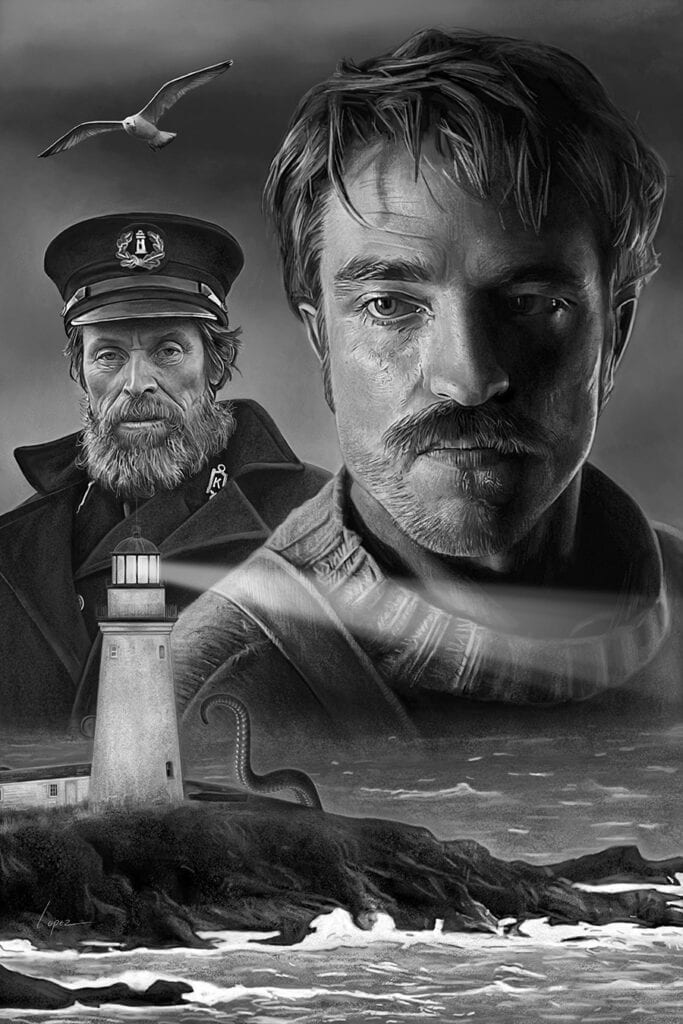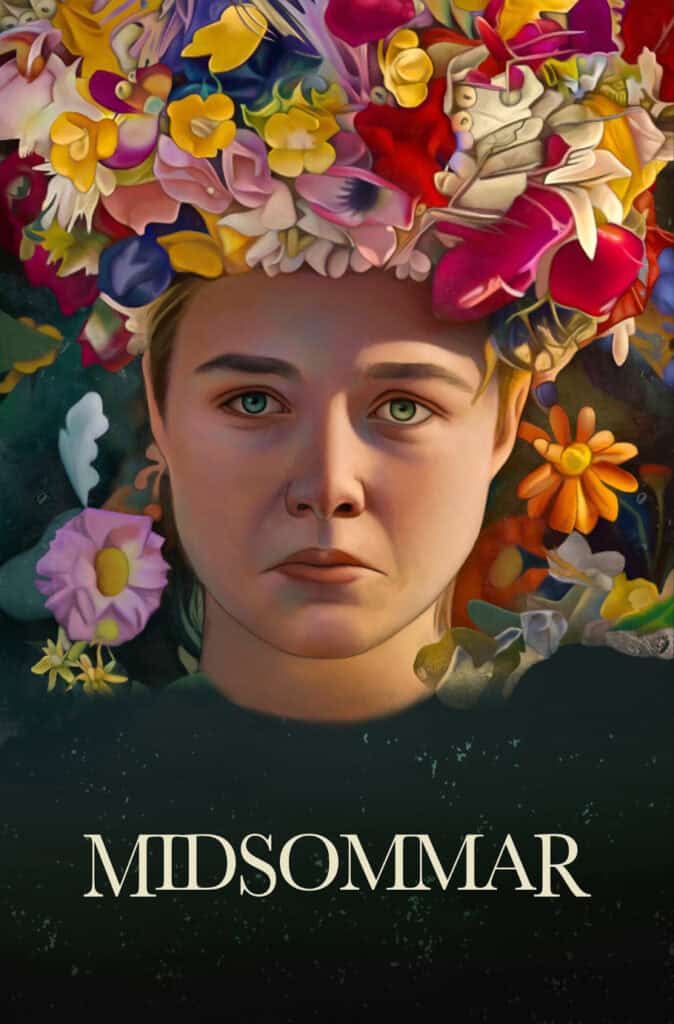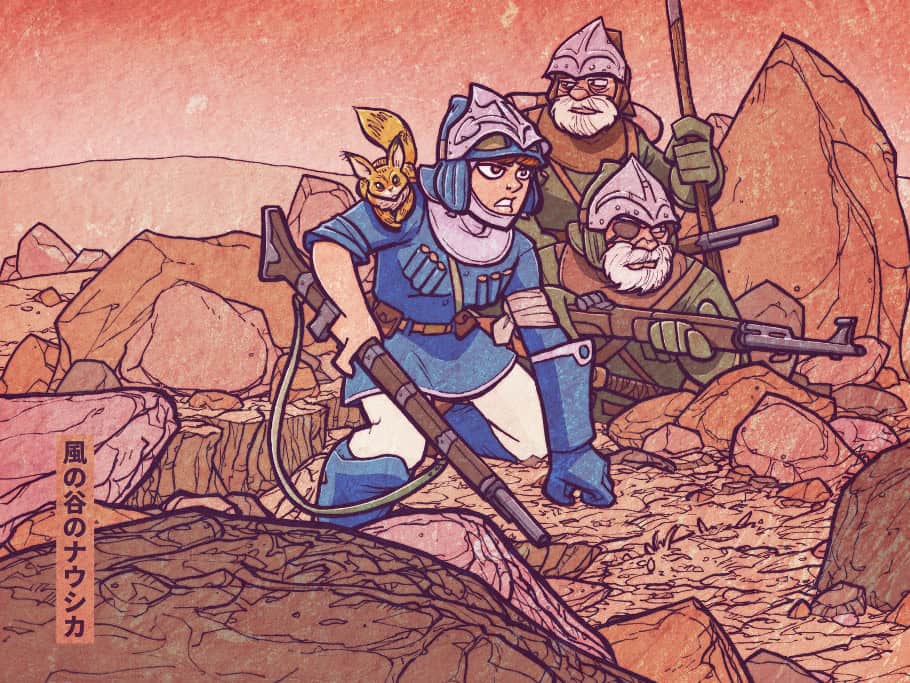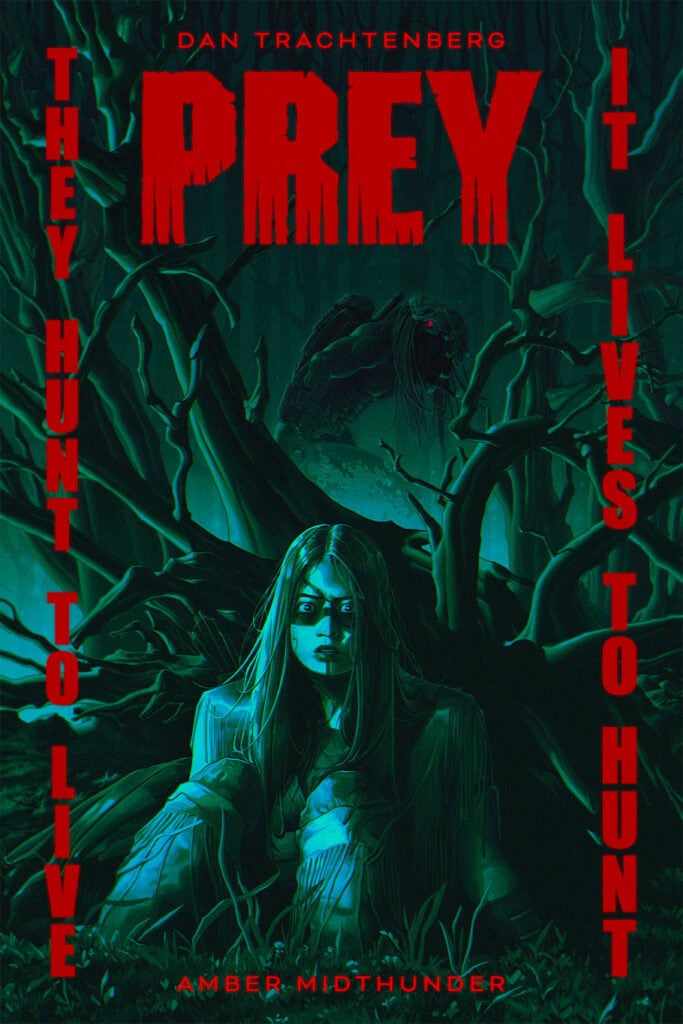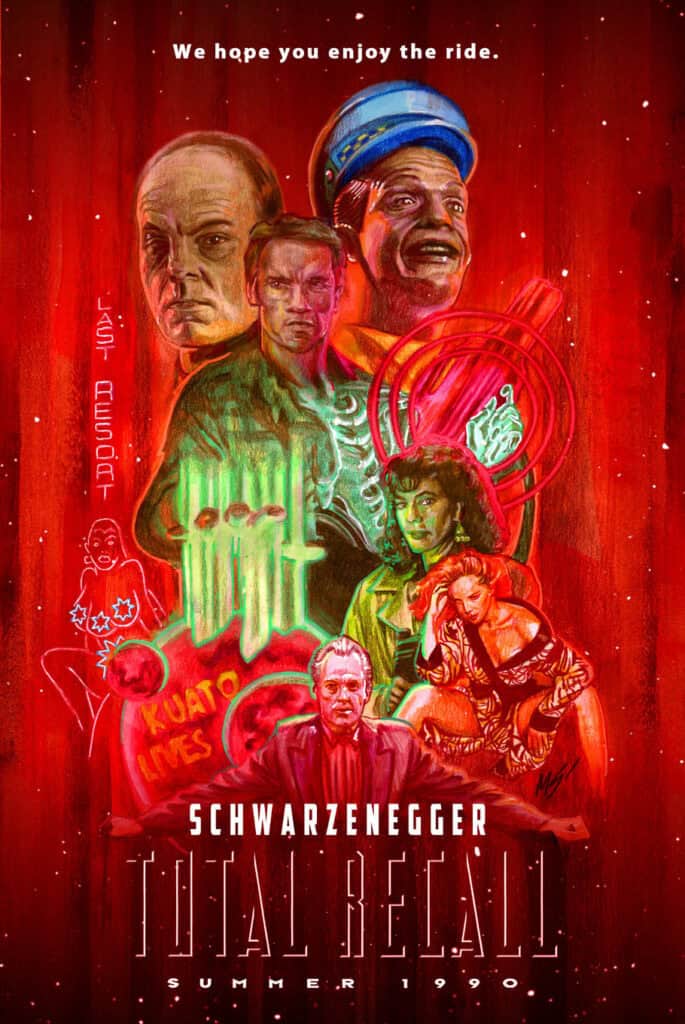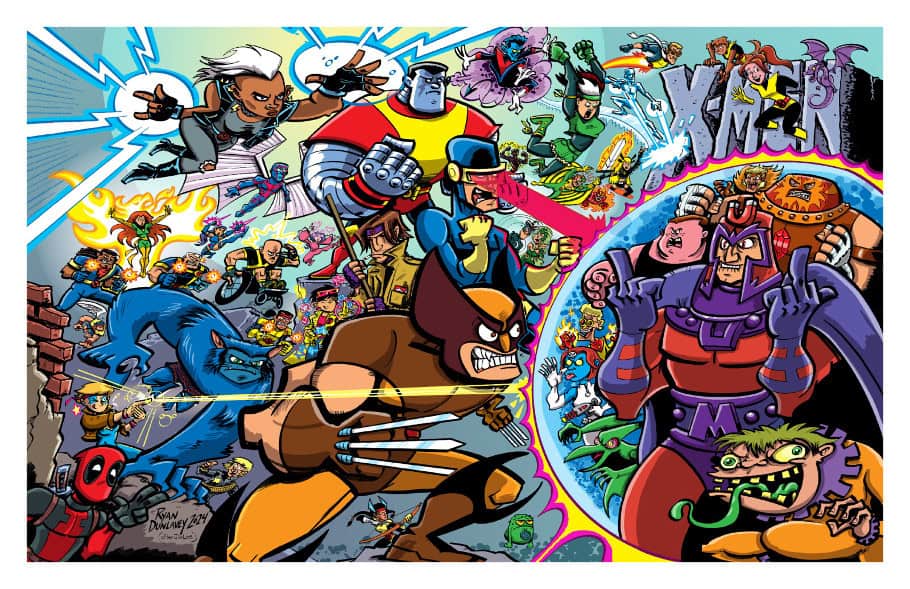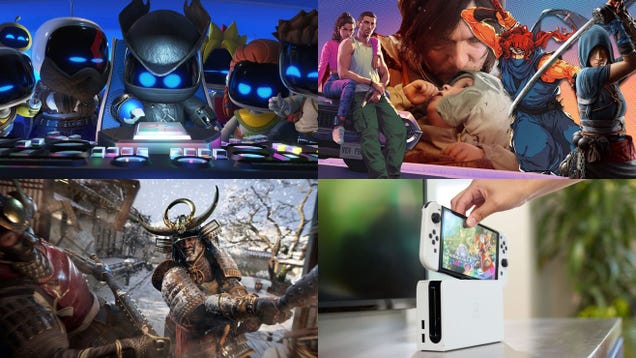

Despite a litany of streaming services out there to choose from, the only surefire way to have immediate access to a film is to own it yourself. But with companies like Best Buy getting rid of their Physical Media departments, collecting has become more and more niche. This is a shame because I’ve lost count of the number of times I’ve gone to JustWatch and discovered the movie I was looking for wasn’t streaming ANYWHERE. And even worse when we go to find a copy and discover that it’s not even available to own physically! I’ve never heard of a company refusing to make money, but we’ve seen it time and time again in the movie industry.
As a big fan of the Scream franchise, I set out to collect all of the 4K Steelbooks for the franchise. Hell, I even imported the second one from Europe. And they look absolutely beautiful. Yet there’s still one entry that has yet to receive a 4K release, let alone in the Steelbook format: Scream 4. And why is that? It seems like a no-brainer to release all of the films in a nifty little set. Sort of like this one. But there’s been nothing but silence. Paramount released 4K versions of the first three films, as well as the more recent Scream 5 and 6. Yet why no Scream 4? Because it’s not owned by Paramount. This is where we get into the Lionsgate of it all. But first…
I need to break down an element of Lionsgate that can get a little confusing these days: Lions Gate Entertainment Corporation and Lionsgate Studios. I’m sure most of us can mentally conjure our favorite version of the logo sequence. In 2024, they merged their Studios division with Screaming Eagle Corp into Lionsgate Studios. Then, to avoid confusion with the parent company, Lions Gate Entertainment rebranded into Starz Entertainment. So when I say Lionsgate, I really mean Starz Entertainment. But that hasn’t really hit the vernacular yet so I don’t’ want to make this unnecessarily confusing. So I’ll just refer to the company as a whole as Lionsgate.
And this is where I remind you that while the first three films in the franchise were released by Miramax, the fourth was a product of the Weinstein Company. And despite those being headed by the same people, rights got a little wonky. The rights are an absolute mess can really be blamed on two people: Bob and Harvey Weinstein. I’m not sure if you’ve heard but the brothers have had a pretty rough go of it since Harvey was Me Too’d out of Hollywood in 2017. The ramifications were swift and The Weinstein Company folded in 2018. The company’s assets were purchased by Lantern Entertainment, who acquired the rights to the 277 Film Catalog. However, it did take some additional deals with Disney to acquire Scream 4 and The Matador. This included Dimension Films which released 2006’s Black Christmas. So how did Paramount get the rights to Scream?
The whole reason the Weinstein Company was formed in the first place was due to the Weinsteins leaving Miramax to form it in 2005. They were unhappy with Disney’s handling of the company. But that meant Disney still owned the rights to all the films released under Miramax, including the Scream franchise. So while they were able to acquire the rights to make sequels to the films made with Miramax, the rights to the actual films still stayed with Disney. That is until 2010 when Disney sold off Miramax. Miramax remained on its own until being purchased by Paramount Global in 2019. Which then allowed for the franchise’s return via Radio Silence in Scream 5.
So that’s two different Weinstein companies that were then purchased by other companies and had their assets redistributed. Unfortunately, they ended up in the hands of two competing companies. At this point, Lionsgate has no reason to partner with Paramount on some kind of massive box set. The most value their one film holds is by being separate and developing a fan need for it.
As for Black Christmas (2006)? A film that I’ve been wanting some company to come along and give it, it’s due? Well, Dimension Films was acquired by Lantern Entertainment, which then uses Lionsgate to distribute its physical media. And they have a lot to release. In fact, Lionsgate has been one of the better companies when it comes to releasing their library on 4K. And in a time of even Disney outsourcing their physical media needs, this is a good thing. Maybe it’s next in line and they’ll release some fantastic edition just in time for Christmas next year. Or it will just be another film that we have to put on a list titled “Why Aren’t These Films on Bluray?!”
Are there any movies you’re DYING to get on Bluray or 4K? Do you think we’ll ever see these film’s get proper releases? Let us know in the comments!
The post Why Haven’t We Gotten These Movies on 4K?! appeared first on JoBlo.
